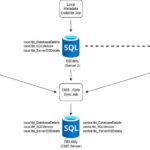
Automating SQL Server Inventory Collection with SQLInventory
Managing SQL Server inventory is crucial when your organization has many SQL Server Instances. A central database that stores details like SQL Version counts, Operating System details , SQL Configurations, SQL License counts and other important metadat …
[Video] Job Options: Zooming Out to See the Big Picture
One of my readers asked me to give a 30-minute talk to their company’s internal employees discussing the job market at large. The target audience was technical people of all disciplines – not just database administrators, but all kinds of people who wo …
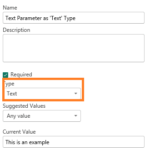
13 Things I wish I knew about Power Query (when I first started)
When I first started with Power Query, it was in Excel, through the Power Pivot feature. I was amazed at how I could transform data with just a few clicks and quickly create PivotTables. Then, when Power Query appeared in Power BI, I began working with …
What’s New (And Undocumented) in SQL Server 2025 CTP 2.1
As the SQL Server 2025 previews continue to come out, Microsoft is making changes that they’re not telling you about. Sometimes these changes never actually go into the final production version, other times they’re held exclusively for the cloud, but s …

Who’s Hiring in the Microsoft Database Community? July 2025 Edition
Is your company hiring for a database position as of July 2025? Do you wanna work with the kinds of people who read this blog? Let’s make a love connection. If your company is hiring, leave a comment. The rules: Your comment must include the job title, …

Unlocking Infor CloudSuite data: Making the most of it with Stream Pipelines
In my experiences building end-to-end analytics solutions, I often need to connect to a variety of different systems to bring data in. Most of the time, this process is straightforward. However, there are cases where I’ve had to jump through a few hoop …
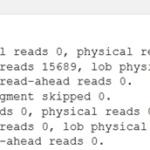
Columnstore Index Improvements in SQL Server 2025
Columnstore indexes are a powerful tool for storing analytic data directly in SQL Server. This feature has improved in every version of SQL Server since their inception over ten years ago, and SQL Server 2025 is no exception! The newest enhancements a …
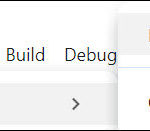
How to Work with RStudio and SQL Server
Introduction Sometimes, we need to connect to SQL Server using RStudio, the most common tool for programming in R. R is one of the most popular programming languages for machine learning and data science. In this tutorial, we will teach the following t …
Retrieving SQL Server Index Properties with INDEXPROPERTY
The post Retrieving SQL Server Index Properties with INDEXPROPERTY appeared first on SQLServerCentral.
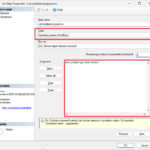
Why Clone Fails: Discovering the Hardware Beneath Azure SQL MI
Microsoft describes Azure SQL Managed Instance (MI) as offering near-full SQL Server compatibility with more flexibility than typical PaaS. So naturally, I wondered: how much control does a developer really have? I set out to find out, not by reading t …

Mastering Class Updates on Resource_Semaphore, The Ascending Key Problem, and The Cloud
I’ve posted a couple of updated videos to my Mastering courses. In Mastering Server Tuning, I updated and expanded the RESOURCE_SEMAPHORE module to cover more details about query workspace grants, plus cover SQL Server 2022’s updates to Adaptive Memory …
[Video] Office Hours in My London Hotel Room
When I’m on the road, I try to take you along with me to glamorous or scenic locations to give you a change of pace. However, last week in London was a bit of a whirlwind between SQLBits and restaurants, so at the last minute, I recorded Office Hours i …
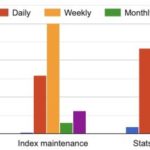
Poll Results: How Often You’re Running Maintenance Tasks
Last week, I asked y’all how frequently you ran your full backups, corruption checks, index maintenance, and stats updates. The results after over 1,000 responses: A few thoughts: You’re typically taking full backups daily or weekly. I’m actually surpr …

State Transition Constraints
About two decades ago, I introduced the concept of transition constraints to show Data Validation in a database is a lot more complex than seeing if a string parameter really is an integer. In October of 2008, I did an article called Constraint Yoursel …
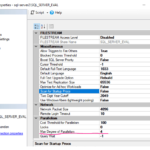
The Hidden Cost of MAXDOP: CPU Spikes, Query Slowdowns, and What We Learned
Introduction In our TB-scale production system, a few queries had MAXDOP 4 hardcoded into them. The goal was to improve reporting performance. Instead, CPU usage spiked and the entire server slowed down—even simple queries were affected. This article e …

